Since the founding of the Will Eisner Comic Industry Awards (and their previous incarnation, the Kirby Awards), the following individuals have been inducted into the Hall of Fame.
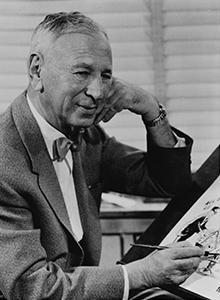
Rube Goldberg
1882–1970
Reuben “Rube” Goldberg was a cartoonist best known for his creation of the “Rube Goldberg machine,” a contraption that performs a simple action in a convoluted way. Golberg drew a number of syndicated strips, including Mike and Ike (They Look Alike), Boob McNutt, Foolish Questions, and The Weekly Meeting of the Tuesday Women’s Club. The cartoons that brought him lasting fame involved a character named Professor Lucifer Gorgonzola Butts. In that series, Goldberg drew labeled schematics of the comical “inventions” that would later bear his name. Goldberg was a founding member and the first president of the National Cartoonists Society and is the namesake of the Reuben Awards, which the NCS gives to the Cartoonist of the Year.
Inducted 2016
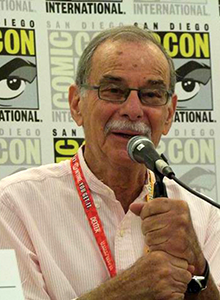
Stan Goldberg
1932–2014
Stan Goldberg started his career in 1949 at the age of 16 as a staff artist for Timely (now Marvel), where he was in charge of the color department. Goldberg continued to color Marvel comics until 1969, creating the color designs for many Silver Age characters, including Spider-Man, The Fantastic Four, and The Hulk. He also drew such Marvel titles as Millie the Model and Patsy Walker. After leaving Marvel he drew some of DC’s teen titles, including Date with Debbie, Swing with Scooter, and Binky, and began a 40-year career at Archie Comics, with his work appearing in such titles as Archie and Me, Betty and Me, Everything’s Archie, Life with Archie, Archie’s Pals n Gals, Laugh, Pep, and Sabrina The Teenage Witch. From 1975 to 1980 Goldberg drew the Archie Sunday newspaper strip.
Inducted 2021
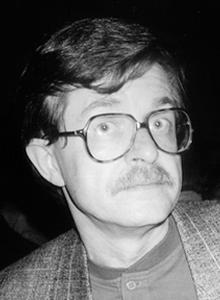
Archie Goodwin
1937–1998
Archie Goodwin is considered by all to have been the “editor’s editor.” He left his mark first as editor (and chief writer) of Creepy and Eerie for Warren in the 1960s, then went on to edit the Epic line of creator-owned projects at Marvel. He then moved on to DC, where he served as editor of a variety of Batman titles until his death in 1998.
Inducted 1998
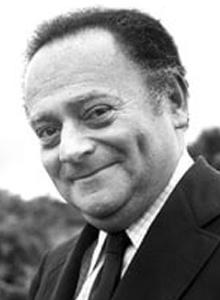
René Goscinny
1926–1977
One of the most famous of all European comics writers, René Goscinny began his career as the scriptwriter for the popular western strip Lucky Luke. In 1959 co-founded the influential comics weekly Pilote, for which he and artist Albert Uderzo created a new series, Asterix the Gaul. This strip became wildly successful in France and achieved popularity around the world.
Inducted 2005
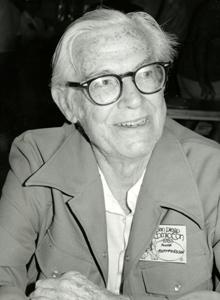
Floyd Gottfredson
1905–1986
If Carl Barks was Disney’s “Duck Man,” Floyd Gottfredson was Disney’s “Mouse Man.” Floyd began writing and drawing the Mickey Mouse newspaper strip in 1930, with his classic period going up through 1955. He continued to work on the strip until 1975.
Inducted 2006
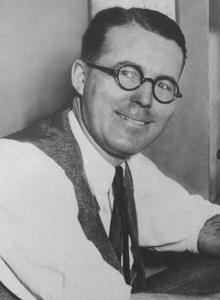
Chester Gould
1900–1985
Chester Gould is the cartoonist who brought us Dick Tracy, Tess Truehart, Junior, Moon Maid, and the most bizarre set of villains ever to grace a newspaper page, including Flattop, Mumbles, and The Mole. Gould not only produced gritty crime stories on a daily basis, but delighted readers with such scientific innovations as the two-way wrist radio.
Inducted 2001

Billy Graham
1935–1997
Billy Graham was an African American comic book artist whose earliest work appeared in Warren’s Vampirella magazine in 1969. He eventually became art director at Warren, then in 1972 he moved over to Marvel, where he helped create Luke Cage, Hero for Hire with John Romita Sr. and George Tuska. From 1973 to 1976, he worked with writer Don McGregor on “Black Panther” in Jungle Action. During the 1980s, he worked with McGregor on the Sabre title at Eclipse Comics.
Inducted 2024
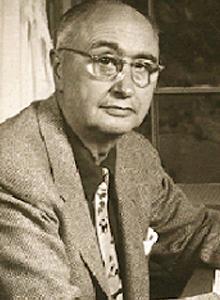
Harold Gray
1894–1968
Harold Gray created Little Orphan Annie in 1924 and continued to write and draw the strip for 44 years. In addition to spawning popular songs and catchphrases (“Leaping Lizards!”) and a hit Broadway musical, one of the innovations of the popular strip was that it was told in “real time”: the events in the strip unfolded one day at a time.
Inducted 2009

Justin Green
1945–2022
Justin Green is most noted for the 1972 underground title Binky Brown Meets the Holy Virgin Mary. This autobiographical comic book detailed Green’s struggle with a form of OCD known as scrupulosity, within the framework of growing up Catholic in 1950s Chicago. Intense graphic depiction of personal torment had never appeared in comic book form before, and it had a profound effect on other cartoonists and the future direction of comics as literature. The underground comix pioneer was also a contributor to such titles as Bijou Funnies, Insect Fear, Arcade, Young Lust, and Sniffy Comics. In the 1990s, Green focused his cartooning attention on a series of visual biographies of musicians for Pulse!, the in-house magazine for Tower Records. These ran for ten years and were later collected as Musical Legends.
Inducted 2023
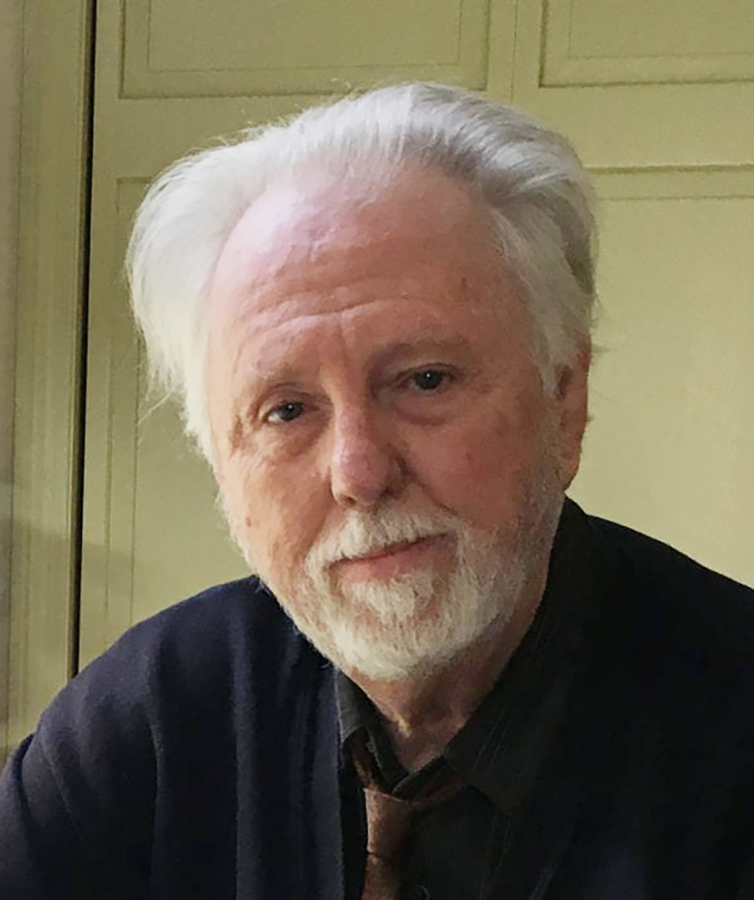
Bill Griffith
1944–
Known for his non sequitur–spouting character Zippy the Pinhead, Griffith had his first work published in 1969 in the East Village Other and Screw. His first major comic book titles included Tales of Toad and Young Lust, a bestselling series parodying romance comics. He was co-editor of Arcade, The Comics Revue for its seven-issue run in the mid-’70s. The first Zippy strip appeared in Real Pulp #1 (Print Mint) in 1970. The strip went weekly in 1976, first in the Berkeley Barb and then syndicated nationally. Today the daily Zippy appears in over 200 newspapers worldwide. Most recently, he produced the graphic novel Three Rocks: The Story of Ernie Bushmiller: The Man Who Created Nancy (Abrams ComicArts).
Inducted 2023
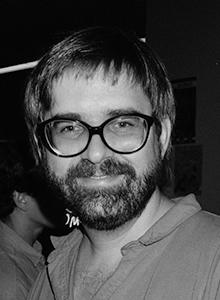
Matt Groening
1954–
Matt Groening, creator and executive producer of The Simpsons, the longest running primetime animated series in television history, started out as a cartoonist, producing the syndicated weekly strip Life in Hell beginning in 1978; he continued the strip until 2012. In 1985 he was asked to come up with an animated short to be part of Fox’s Tracey Ullman Show; the rest is history. Groening’s other award-winning animated series, Futurama, launched 1999 and ran for five seasons. In 1993, he formed Bongo Comics Group, where he serves as publisher of Simpsons Comics, Futurama Comics, and dozens of other titles.
Inducted 2016
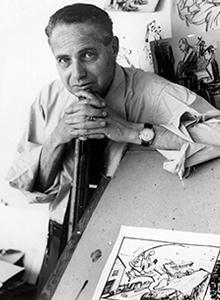
Milt Gross
1895–1953
Milton Gross began his cartooning career in 1915, producing a number of humorous newspaper strips. After serving in World War I, he went on to create strips like Frenchy, Banana Oil, and Help Wanted. His big break came with Gross Exaggerations, a weekly column of prose and cartoons. In 1926 Nize Baby, a book collection of some of these columns, appeared and was an instant hit. Under the same title, Gross began a Sunday page feature in 1927. Other books by Gross include Hiawatta, Dunt Esk, and the pioneer wordless graphic novel He Done Her Wrong. In 1933 Gross was hired by newspaper tycoon William Randolph Hearst, for whom he produced such strips as Count Screwloose of Tooloose, Dave’s Delicatessen, Otto and Blotto, and That’s My Pop!
Inducted 2017
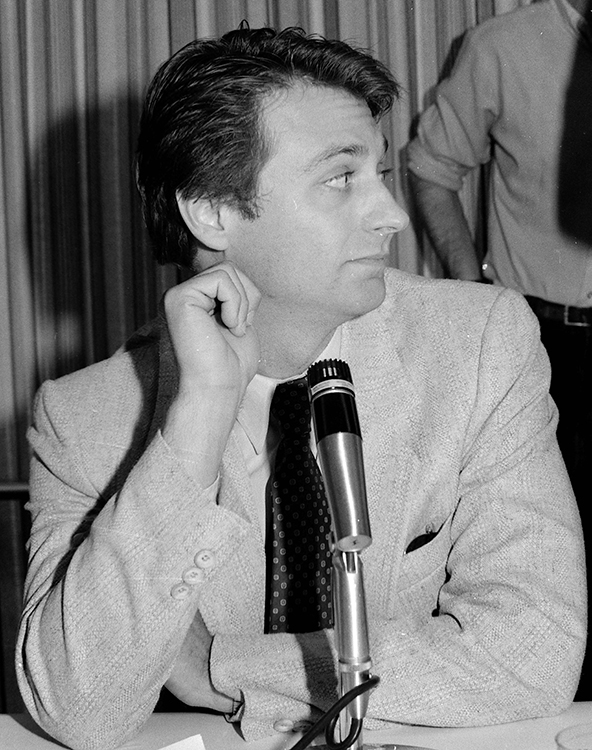
Gary Groth
1954–
Gary Groth co-founded Fantagraphics Books in 1976 with the publication of The Comics Journal, and he was the driving force behind the magazine’s advocacy of comics as an artform. TCJ became known, loved, and hated for its advocacy journalism, high-falutin’ criticism, and long-form interviews by Groth of a vast array of artists from Jack Kirby to R. Crumb to Roz Chast. At a time when comics were an object of scorn in mainstream culture, Fantagraphics was preserving and contextualizing the work of historically and aesthetically significant classic cartoonists—republishing George Herriman’s Krazy Kat, Charles Schulz’s Peanuts, Walt Kelly’s Pogo, and Carl Barks’ Disney Duck stories—as well as publishing the early work of “literary” cartoonists as diverse as the Hernandez Brothers, Daniel Clowes, Aline Kominsky-Crumb, Jim Woodring, Carol Lay, and Joe Sacco. Groth continues to publish a new generation of auteurist cartoonists.
Inducted 2024
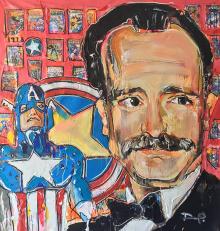
Mark Gruenwald
1953–1996
Mark Gruenwald was hired by Marvel Comics in 1978 and stayed there until his death. During his tenure, he worked on a variety of books before becoming their executive editor and keeper of continuity for much of the 1980s. Gruenwald is most recognized for his work on a new team of heroes known as the Squadron Supreme. The Squadron’s characters had been around, but Gruenwald decided to focus on a new set of the heroes in an alternate reality. The Squadron Supreme received a 12-issue miniseries and is considered a precursor to highly popular deconstructionist superhero parables like Watchmen, Kingdom Come, and The Boys. Sadly, Gruenwald died of heart failure in 1996. He had long told his wife he wanted his ashes to be a part of his work. When Squadron Supreme was collected into a trade paperback, his ashes were mixed into the ink.
Inducted 2022

Moto Hagio
1949–
Moto Hagio is one of a group of women who broke into the male-dominated Japanese manga industry and pioneered the shōjo (girls’ comics) movement in the early 1970s. Hagio’s 1974 work Heart of Thomas was one of the early entries in the shōnen-ai (boys in love) subgenre. Hagio’s linework and dramatic imagery have influenced many manga artists, and she helped shape the style of emotional and symbolic backgrounds that many manga artists draw today. Her major works include A Drunken Dream, They Were Eleven, and Otherworld Barbara.
Inducted 2022
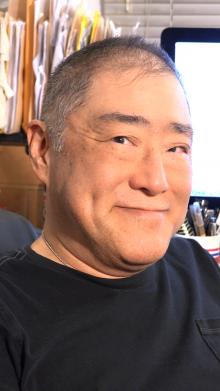
Larry Hama
1962–
Larry Hama is best known as the writer of Marvel’s G.I. Joe: A Real American Hero, G.I. Joe: Special Missions, and Wolverine comics in the ’80s and ’90s. He has also written, edited, or drawn for Avengers, Conan, Batman, Wonder Woman, X-Men, Spider-Man, and dozens more. His illustrations and cartoons have appeared in National Lampoon, Esquire, New York, and Rolling Stone. His most recent novel is The Death of Captain America. He also scripted Batman Shadow of the Bat and Wonder Woman for DC Comics’ Convergence Event, as well as Call of Duty: Black Ops III for Dark Horse and G.I. Joe: A Real American Hero for IDW.
Inducted 2022
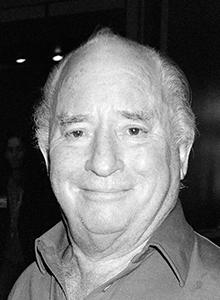
Irwin Hasen
1918–2015
Irwin Hasen started in comic books in 1940, working on such features as The Green Hornet, The Fox, Secret Agent Z-2, Bob Preston, Cat-Man and The Flash, through the Harry “A” Chesler shop. He went on to draw several Green Lantern issues for DC and to co-create the character of Wildcat with Bill Finger. After serving in the military in WWII, Hasen returned to DC, where he drew Johnny Thunder, Justice League of America, Wonder Woman, The Flash, and and Green Lantern, among others. He and writer Gus Edson collaborated on the Dondi newspaper strip from 1955 to 1986.
Inducted 2014